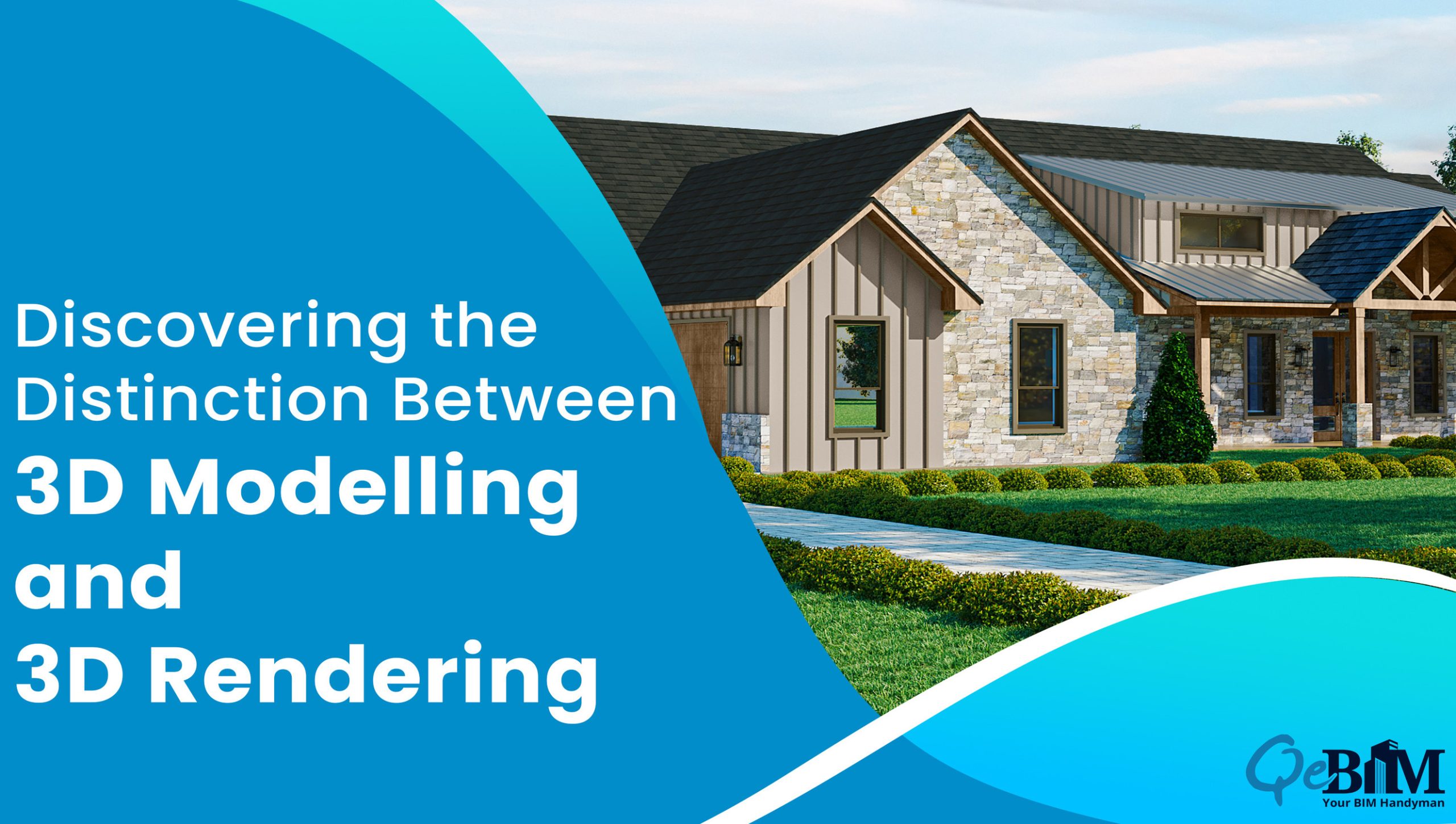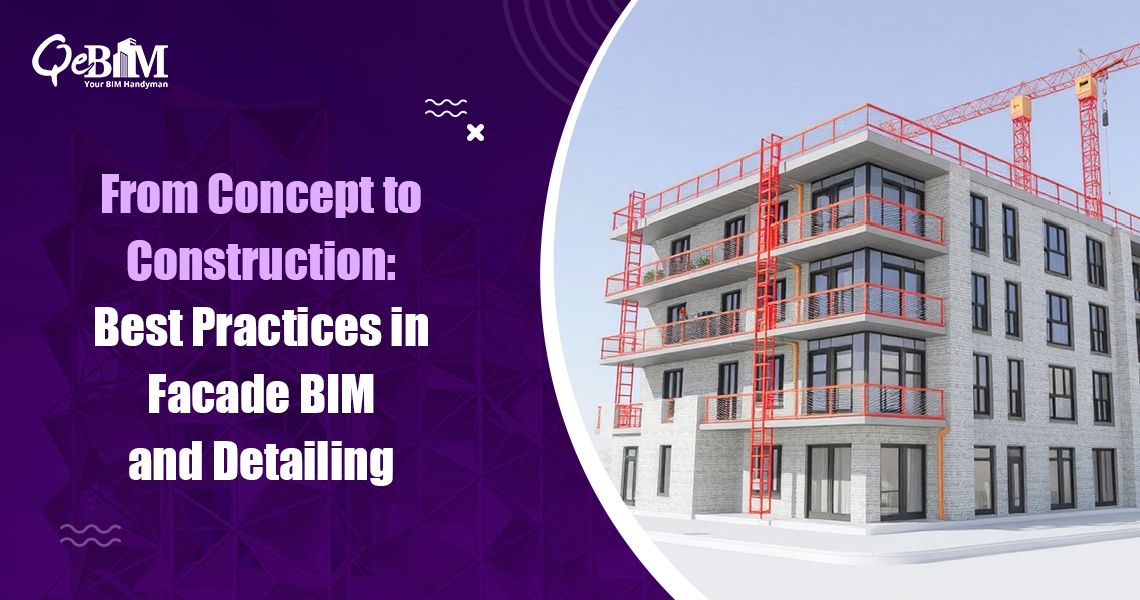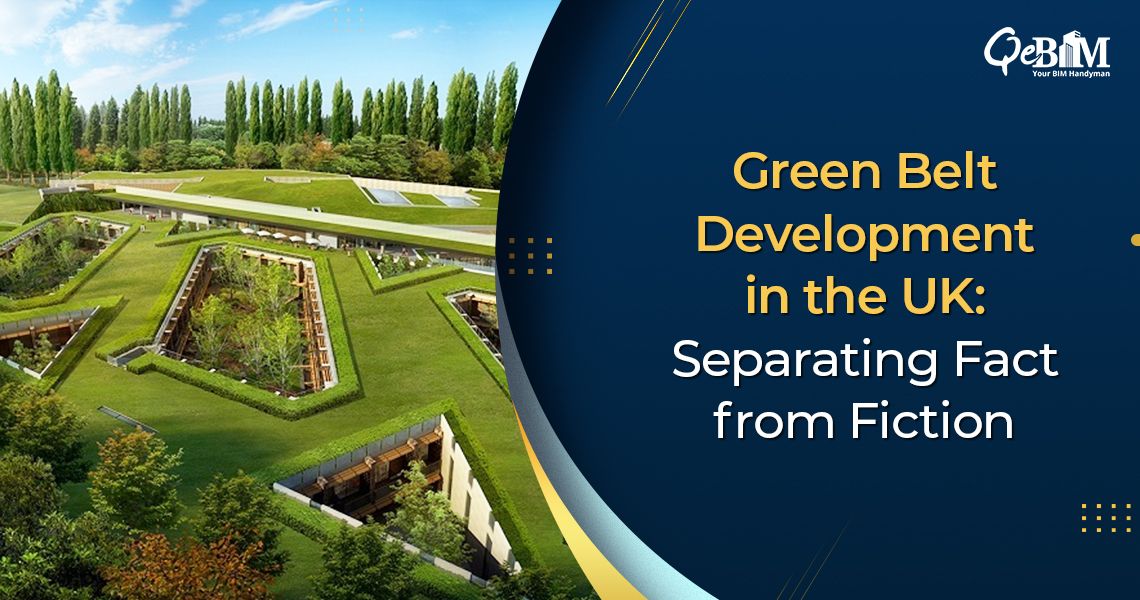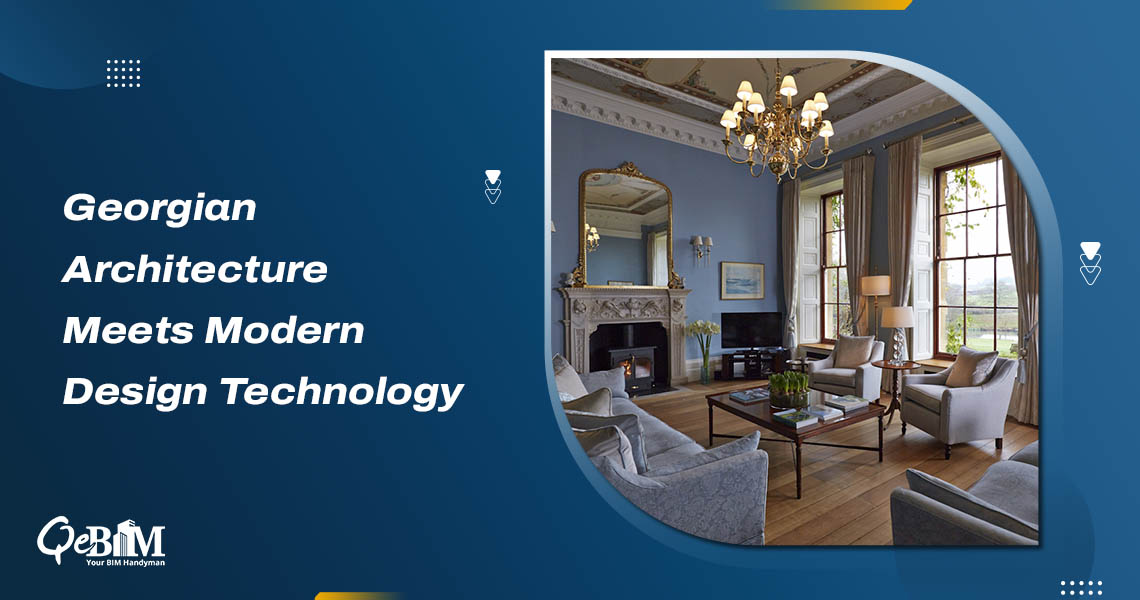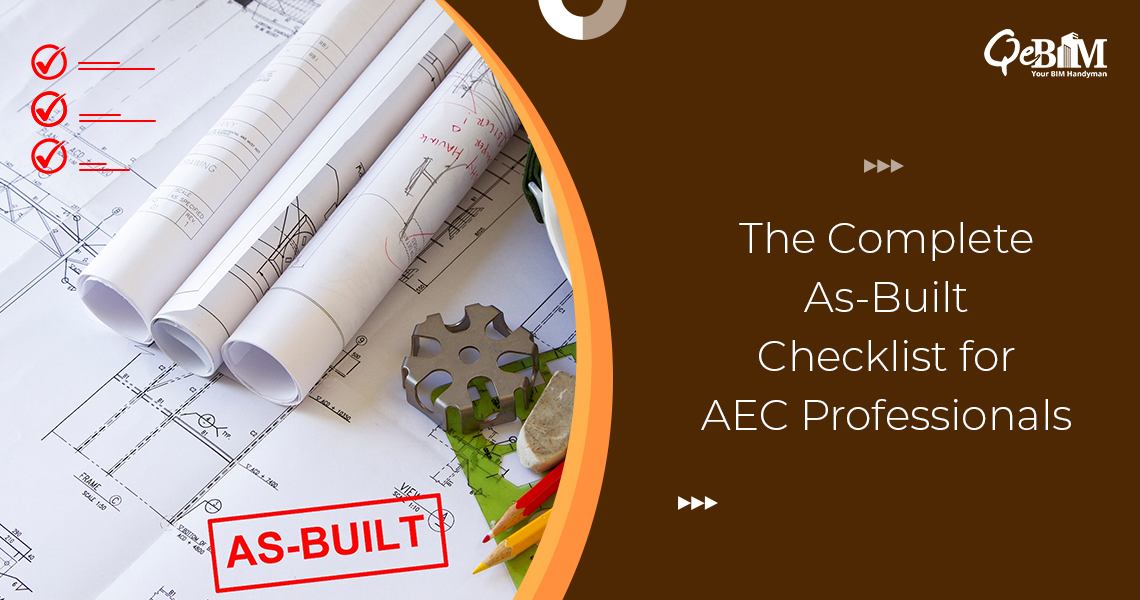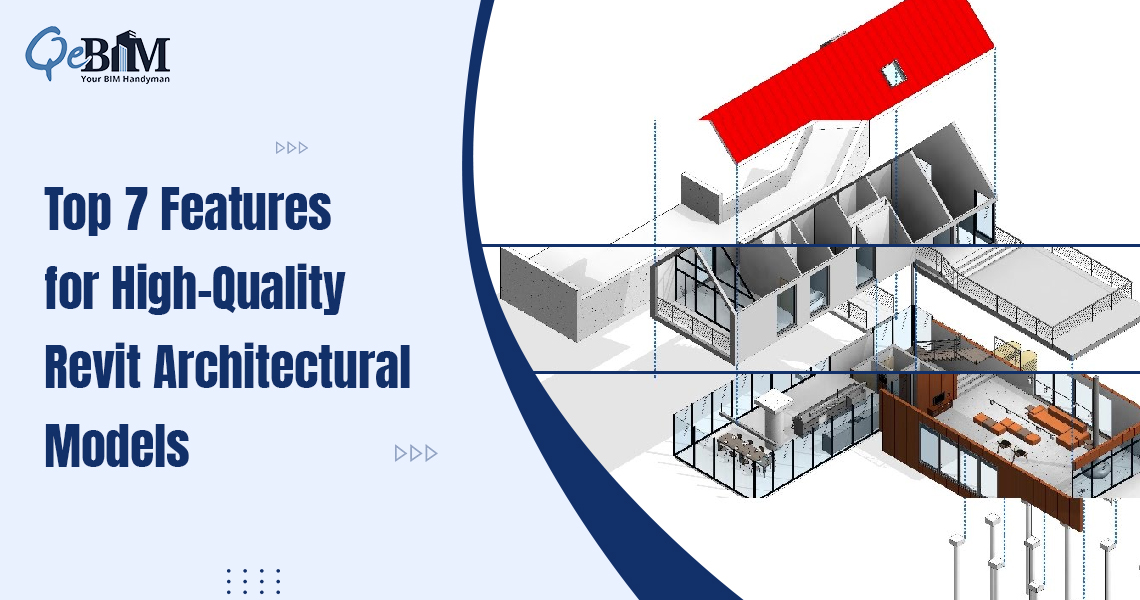Introduction
For a beginner, the realm of 3D graphics might be extremely complex or overwhelming. It’s important to understand the distinctions between concepts like 3D modelling and 3D rendering since they might be tough for beginners to fully comprehend. We’ll examine the distinction between 3D modelling as well as 3D rendering throughout this post, as well as the ways in which they apply to 3D BIM modelling along with 3D Rendering Services.
What is 3D modeling?
The process of creating a three-dimensional picture of a landscape or object is known as 3D modelling. It entails utilizing specialized software to turn an object into a digital replica. Employing 3D scanning technological advances, 3D models are able to be built from start or by analyzing an object that already exists. A 3D model may be altered and seen from many perspectives once it has been produced.
3D modelling software is available in a number of formats, including Autodesk Maya, Blender, and SketchUp. With the help of this software, architects may build 3D models from the ground up utilizing a range of modeling methods, including polygon modeling, NURBS modeling, and contouring.
Numerous sectors, particularly the fields of engineering, architecture, as well as product design, depend heavily on 3D modeling. For instance, 3D modeling has been utilized within the architectural sector to produce precise digital models of constructions and structures. This enables professionals such as architects and engineers to visualize and organize an endeavor prior to it being actually ever built.
What is 3D Rendering?
Rendering in three-dimensional is the process of converting a three-dimensional model into a two-dimensional image or animation. To give the three-dimensional model an appearance that is closer to reality entails employing specialized software in order to generate convincing lighting, texturing, plus shadowing. A common technique for visualizing items, structures, and various other things has emerged as 3D rendering.
Autodesk 3ds Max, V-Ray, and Blender are some examples of 3D rendering software. Designers may generate animations along with additional visual enhancements, and they can also add lighting and texturing to their 3D representations, using such software resources.
Real-time 3D rendering, alongside pre-rendered pictures and visuals are also feasible. Whilst pre-rendered visuals and animated sequences tend to be frequently utilized in advertising collateral as well as architectural visualizations, real-time rendering has been employed within video games and applications involving virtual reality.
What Sets 3D Modelling and 3D Rendering Apart
The major comparison between three-dimensional modelling and three-dimensional rendering is that the former necessitates the construction of a 3D object, whilst the latter necessitates making use of a two-dimensional picture or animation from it. 3D modelling is the act of creating a computerized image of an item, whereas a 3D rendering is the process of transforming that model into a visual or animation. The expertise needed to complete each activity differs significantly between 3D modeling as well as 3D rendering. Whereas, on the contrary side, 3D rendering involves an understanding of lighting, and texturing, along with additional visual enhancement, 3D modeling demands a knack to construct precise and intricate representations utilizing specialized tools.
While 3D rendering seeks to build a 2D picture or animation from a 3D model, 3D modelling seeks to construct a 3D-dimensional digital model of an element or their location. Utilizing specialized software, 3D modeling creates a digital representation that precisely captures the actual characteristics of the surroundings or item being modeled. To provide a lifelike or aesthetic rendering of an item or surroundings, 3D rendering entails adding texturing, lighting, and other elements to the 3D model.
An in-depth comprehension of geometry, and topology, along with other technological facets of 3D design is necessary for 3D modeling. An in-depth knowledge of lighting, shaping, and other creative facets of 3D design must be acquired for 3D rendering.
Services for 3D BIM modeling and rendering
The construction, engineering, and architectural business needs both 3D BIM modeling as well as 3D rendering services. Building information modeling, or BIM, is the process of constructing an intricate digital representation of a structure that includes a building. Building project planning, design, as well as administration could all be done using BIM models.
The creation of intricate digital representations of buildings and other structures is a component of 3D BIM modeling services. Such models are capable of being utilized to evaluate building performance in addition to helping visualize and manage building endeavors. On the contrary side, 3D rendering services entail making visualizations of the 3D BIM model. Virtual reality events, films with animations, along with static pictures all fall under this category.
Conclusion
Finally, 3D modelling is the process of generating a three-dimensional object with specialist software, whereas 3D rendering is the process of translating that dimensional in nature item into a representation that is two-dimensional or animation. Considering 3D BIM Modelling Services employed in design and development planning along with 3D rendering services utilized for visualization and advertising collateral, both represent crucial parts of the architectural, engineering, and building sector. Everyone concerned with working within the 3D graphics sector has a responsibility to comprehend how these two methods differentiate themselves from one another.
